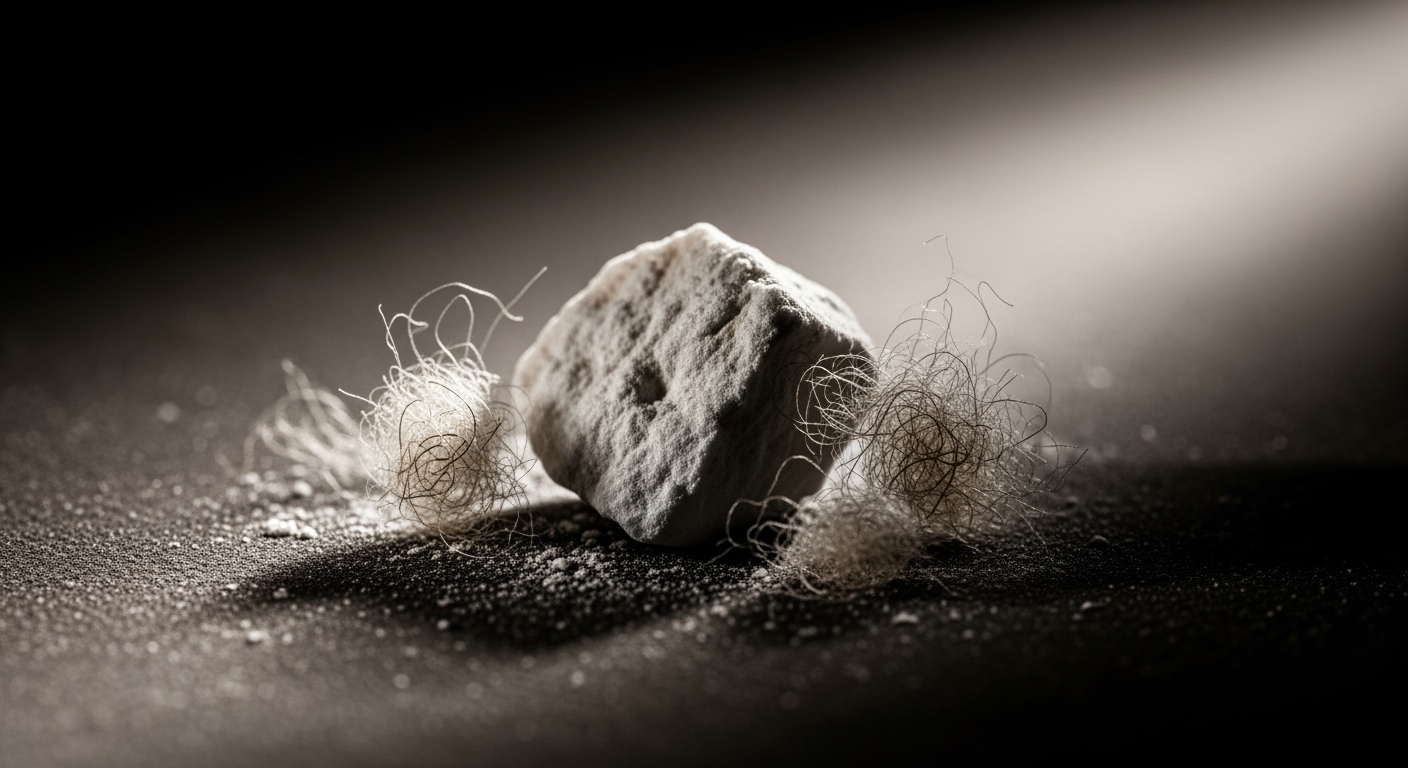Related Articles

Breakthrough Microchip Restores Reading Vision, Offering New Hope for Millions with Sight Loss

The Hidden Sleep Divide: Why Women May Need More Rest Than Men





For decades, talcum powder has been a ubiquitous presence in homes and personal care products, lauded for its moisture-absorbing and skin-soothing properties. However, a growing body of scientific evidence, coupled with thousands of legal challenges, has cast a long shadow over its safety, particularly concerning its potential contamination with asbestos. The natural geological proximity of these two minerals has ignited a public health controversy, linking a common household item to aggressive cancers and prompting a critical re-evaluation of regulatory oversight and corporate responsibility.
Talc, a soft mineral composed of magnesium, silicon, and oxygen, is mined from the earth and then processed into a fine powder for various industrial, cosmetic, and pharmaceutical applications. Its unique properties, including its ability to absorb moisture, reduce friction, and create a silky feel, made it a popular ingredient in products ranging from baby powder and cosmetics to industrial fillers. The mining of talc typically involves open-pit or underground methods, where the ore is extracted using heavy machinery, then crushed, ground, and purified.
The inherent problem lies in talc's geological formation. Talc and asbestos are naturally occurring minerals often found in the same geological deposits. This close proximity means that when talc is mined, it can inadvertently become contaminated with harmful asbestos fibers. Asbestos, a known carcinogen, has been linked to severe health conditions, including mesothelioma and lung cancer. Historically, the dangers of asbestos were not widely recognized until public awareness surged in the 1970s, yet documentation of talc deposits containing asbestos dates back as early as 1872. Over the years, tests of cosmetic talc have shown varying levels of asbestos contamination, ranging from zero to 30%. Even talc marketed as "pure" can pose serious risks if contaminated.
The scientific community has established a clear link between asbestos exposure and several types of cancer, with increasing evidence suggesting that asbestos-contaminated talc can be a pathway for such exposure. The International Agency for Research on Cancer (IARC), part of the World Health Organization (WHO), classifies talc that contains asbestos as "carcinogenic to humans". The IARC has also classified talc itself as "probably carcinogenic to humans" based on "limited" evidence for ovarian cancer in humans, "sufficient" evidence in lab animals, and "strong" mechanistic evidence that talc has characteristics of carcinogens in human cells. This classification represents the second-highest level of certainty that a substance can cause cancer.
Exposure to asbestos-contaminated talc has been primarily associated with three major cancers:
The scientific consensus regarding "asbestos-free" talc is less clear. While talc itself is not genotoxic or mutagenic, some studies suggest that talc particles can cause inflammation, which may promote cancer. However, a 2024 review by the WHO indicated that, overall, evidence does not definitively prove talc causes cancer, though it is "probably carcinogenic". Conversely, a systematic review funded by the Center for Truth in Science, published in 2023, concluded there was suggestive evidence of no association between talc exposure and ovarian or endometrial cancers at human-relevant exposure levels. These differing conclusions underscore the complexity of research in this area.
For decades, the talc industry largely operated under a system of self-regulation, with companies often relying on their own testing methods to ensure products were asbestos-free. In 1976, the Cosmetic, Toiletry, and Fragrance Association (now the Personal Care Products Council) claimed to have implemented "stringent safety and quality control measures" to ensure the absence of asbestos. However, internal documents and subsequent studies have indicated that asbestos contamination persisted. Regulatory agencies like the U.S. Food and Drug Administration (FDA) have not historically been mandated to review cosmetic products or their ingredients, with the exception of color additives, leading to a lack of strict U.S. laws prohibiting asbestos in consumer talc products.
This regulatory vacuum has been increasingly challenged by a wave of significant legal actions. Thousands of individuals across the globe have filed lawsuits against major manufacturers, most notably Johnson & Johnson (J&J), alleging that their talcum powder products caused cancer due to asbestos contamination. Court documents suggest that J&J officials were aware of asbestos in their popular Johnson's Baby Powder since the 1950s, yet continued to sell talc-based products for decades.
Recent years have seen substantial verdicts against J&J. In October 2025, a Los Angeles jury awarded nearly $1 billion to the family of a woman who died from mesothelioma, finding that J&J acted with malice. Other large awards include a $260 million verdict in Oregon and a $15 million award in Connecticut for mesothelioma cases linked to talc. In June 2024, J&J proposed a $6.475 billion settlement to resolve all current and future ovarian cancer claims related to its talc-based products. Facing over 61,000 asbestos lawsuits by August 2024, J&J ceased selling talc-based baby powder worldwide in 2023, transitioning to cornstarch-based alternatives. The company, however, maintains that its talc products are safe, asbestos-free, and do not cause cancer, and plans to appeal many of these verdicts.
Responding to mounting concerns and litigation, regulatory bodies are beginning to act. In December 2024, the FDA proposed a new rule under the Modernization of Cosmetics Regulation Act (MoCRA) that would mandate standardized testing methods for detecting asbestos in talc-containing cosmetic products. If finalized, this rule would require manufacturers to use sensitive analytical techniques like polarized light microscopy (PLM) and transmission electron microscopy (TEM) and consider any product testing positive for asbestos as adulterated and illegal to sell. The FDA emphasizes that there is "no established safe level below which asbestos could not cause adverse health effects".
The evolving understanding of the link between talc, asbestos, and cancer underscores the critical need for informed consumer choices and robust regulatory frameworks. While many manufacturers have transitioned away from talc in personal care products, particularly baby powders, consumers should remain vigilant about ingredients in cosmetics and other items. Only comprehensive testing can reliably detect asbestos contamination, which is not discernible to the naked eye.
The proposed FDA rule represents a significant step towards enhanced consumer safety and standardized testing within the cosmetic industry. It reflects a growing recognition that past self-regulation has proven insufficient in protecting public health from the hazards of asbestos-contaminated talc. The ongoing legal battles continue to highlight the human cost of this contamination and the long-term struggle for accountability.
In conclusion, the journey from a seemingly innocuous household powder to a recognized public health concern illustrates a complex interplay of geology, industrial practices, scientific discovery, and legal advocacy. While the direct link between asbestos-contaminated talc and specific cancers like mesothelioma and ovarian cancer is increasingly affirmed, the broader implications for "asbestos-free" talc continue to be an area of scientific inquiry. The future calls for continued diligence, transparent reporting, and stringent regulations to ensure that consumer products are unequivocally safe, protecting individuals from hidden dangers that can emerge decades after exposure.